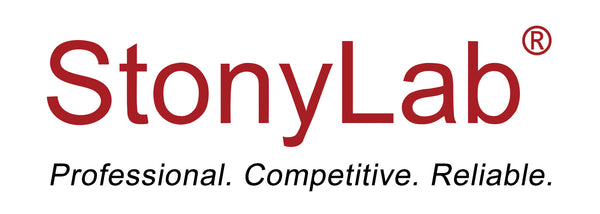To ensure the accuracy and reliability of every measurement, it is essential to regularly level and calibrate your electronic balance.
This guide will walk you through the standard operating procedures step by step.
Part 1: Leveling | The Foundation of Accurate Weighing
1. Place the balance on a sturdy, level, and vibration-free laboratory bench.
2. Locate the circular level indicator on the back of the balance and observe the position of the bubble.
3. If the bubble is not centered, adjust the four leveling feet located at the bottom of the balance accordingly.
4. Recheck the bubble after adjustment. When it remains centered and stable, the balance is properly leveled.
5. Always re-level the balance after it has been moved or when environmental conditions change.
Part 2: Manual Calibration | Restoring Weighing Accuracy
1. Ensure the balance is properly leveled and powered on. Allow it to warm up for 15–30 minutes.
2. Prepare a standard calibration weight that matches the balance’s capacity (a 200g calibration weight is included in the package).
3. Press and hold the “CAL” key to enter calibration mode.
4. When prompted on the screen (e.g., “200.000g”), gently place the calibration weight in the center of the weighing pan.
5. Keep the environment quiet and stable. Avoid touching the balance or exposing it to drafts or vibration.
6. After a few seconds, the balance will automatically complete the internal calibration and display “200.000”.
7. Remove the calibration weight. The balance is now calibrated and ready for accurate weighing.
Notes and Precautions
1. It is recommended to calibrate the balance weekly, or immediately under the following conditions:
• The balance has been moved
• Significant changes in ambient temperature or humidity
• Inconsistent or suspicious weighing results
2. Avoid placing the balance in areas with direct sunlight, strong air flow, or electromagnetic interference.
3. Always use clean, dry calibration weights. Handle them gently to prevent damage to the load cell sensor.

